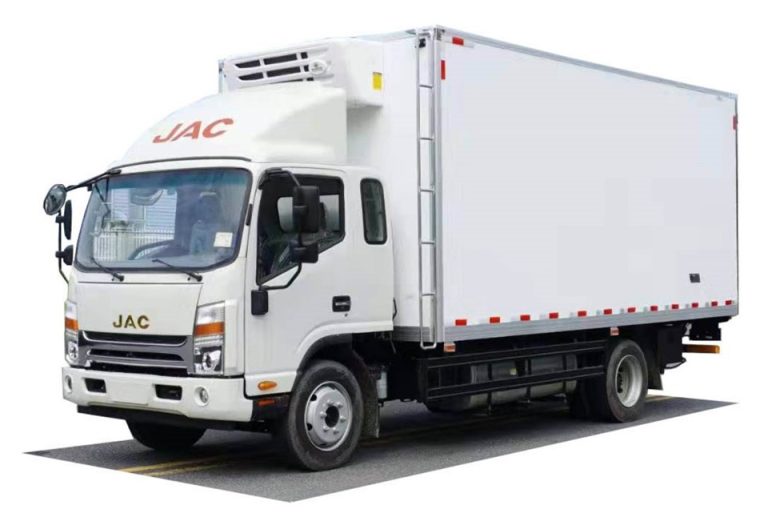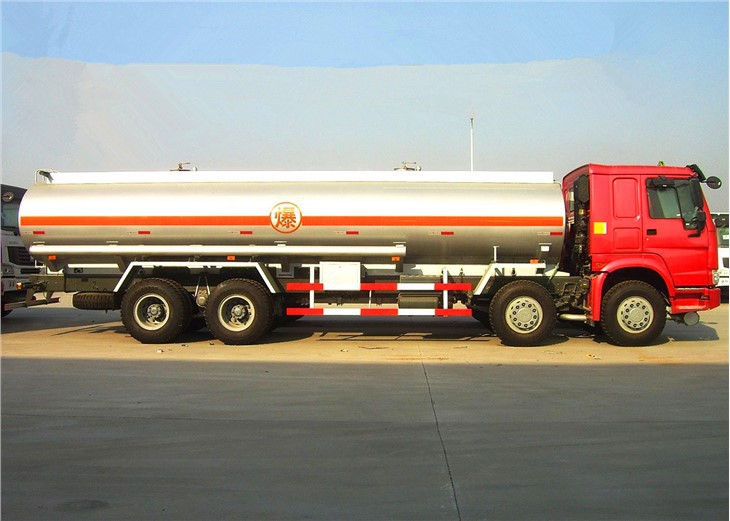Diesel trucks are critical to the transportation industry and understanding their fuel capacity can provide valuable insights for both truckers and fleet managers. In this article, we will explore how many gallons of diesel a semi truck can hold, factors affecting this capacity, and practical tips for maintaining fuel efficiency.
Introduction to Semi Truck Fuel Capacity
Knowing the fuel capacity of a semi truck is essential for planning long hauls and managing operational costs. This consideration assists drivers in optimizing their routes, minimizing downtime for refueling, and maintaining a robust operational budget. Various elements influence a truck’s diesel capacity, including its size and intended use. Let’s delve deeper into these aspects.
Standard Diesel Capacity of Semi Trucks
Average Fuel Tank Size
On average, a standard semi truck can hold between 100 and 300 gallons of diesel fuel. The range varies based on the size of the truck, the type of engine, and the manufacturer. Here are some typical fuel tank sizes:
| Truck Model | Fuel Tank Capacity (Gallons) |
|---|---|
| Freightliner Cascadia | 100 – 300 |
| Peterbilt 579 | 100 – 240 |
| Kenworth T680 | 100 – 300 |
| Volvo VNL | 100 – 200 |
Types of Fuel Tanks
Most semi trucks are equipped with two types of fuel tanks:
- Aluminum Fuel Tanks: Lightweight and resistant to corrosion, aluminum tanks are commonly used in the industry.
- Steel Fuel Tanks: More durable but heavier, steel tanks are less common due to their additional weight impacting fuel efficiency.
Factors Influencing Fuel Capacity
Truck Design and Configuration
The design of the semi truck can significantly influence its fuel capacity. A configuration with dual fuel tanks may increase total capacity but also adds weight. Here are some design elements that impact fuel tank size:
- Cab Size: Larger cabs can accommodate larger fuel tanks.
- Chassis Design: The layout and structure of the chassis can limit the number and size of fuel tanks.
- Aftermarket Modifications: Some truckers modify their vehicles to increase fuel capacity by adding extra tanks.
Business Requirements
The type of business operation can also dictate how much fuel a truck should carry. Long-haul trucking companies may prefer larger tanks to minimize stops, while local delivery services might opt for smaller capacities.
Importance of Fuel Capacity in Long-Distance Travel
Planning Long Hauls
Understanding the fuel capacity of a semi truck plays a vital role in long-distance travel planning. A truck with a larger fuel capacity can cover more miles without needing to refuel. For instance:
- A truck with a 300-gallon tank could potentially travel over 1,500 miles without refueling, depending on fuel efficiency.
- For a truck with a 150-gallon tank, the range would typically be less, around 700-800 miles.
Cost Efficiency
Fuel is one of the largest operating expenses for truck drivers. Having a larger fuel tank allows operators to purchase fuel in bulk, often at cheaper rates, preventing repeated fueling disruptions.
Securing Fuel Efficiency
Driving Habits
Fuel consumption can vary significantly based on driving behavior. Here are some best practices for maintaining fuel efficiency:
- Maintain Steady Speeds: Avoid rapid acceleration and deceleration to conserve fuel.
- Use Cruise Control: This helps maintain constant speeds, reducing fuel consumption on highways.
- Avoid Excessive Idling: Turn off the engine during extended stops to save fuel.
Regular Maintenance
Keeping the truck well-maintained ensures optimal fuel efficiency. Regular oil changes, tire pressure checks, and filter replacements can enhance performance. Below are key maintenance tips:
- Check Tire Pressure: Under-inflated tires can decrease fuel efficiency.
- Engine Maintenance: Keep the engine tuned and filters clean for optimal performance.
- Weight Management: Avoid overloading to maintain fuel efficiency.
Trends in Fuel Tank Technologies
Innovative Solutions
The trucking industry continuously innovates to improve fuel efficiency. Some emerging technologies include:
- Composite Fuel Tanks: These are designed to be lightweight and resistant to corrosion.
- Fuel Management Systems: Advanced systems that monitor fuel usage in real-time can optimize routes and consumption.
Alternative Fuels
With the increasing focus on sustainability, many companies are exploring alternative fuel options, including:
- Biodiesel: Made from renewable resources, biodiesel can be used in standard diesel engines.
- Compressed Natural Gas (CNG): An alternative to diesel that is gaining traction among fleet operators.
Practical Examples and Insights
Real-World Fuel Strategies
Let’s discuss how companies effectively use fuel capacities in real-world scenarios:
- A long-haul trucking company uses trucks with 300-gallon tanks to maximize mileage, enabling them to plan routes that minimize stops.
- A regional delivery service opts for 150-gallon tanks but invests in fuel-saving technologies, balancing fuel stops with cost savings.
Case Study: Fleet Management
ABC Transportation manages a fleet of 50 semi trucks:
- Average Tank Size: 200 gallons per truck
- Monthly Fuel Consumption: 100,000 gallons
- Tips Implemented: Better route planning, driver education on efficient driving habits.
By focusing on maintaining truck performance and educating drivers, ABC Transportation has managed to reduce fuel costs by 15% over the past year.
FAQ Section
1. How many gallons of diesel does a typical semi truck hold?
On average, a semi truck can hold between 100 and 300 gallons of diesel fuel, depending on the model and design.
2. Can I modify my truck to increase fuel capacity?
Yes, aftermarket modifications can be made to increase fuel capacity, usually through the addition of extra fuel tanks.
3. What is the average fuel efficiency of semi trucks?
The average fuel efficiency for a semi truck typically ranges from 6 to 8 miles per gallon, though this can vary widely based on driving conditions and truck maintenance.
4. Why is it important to maintain proper tire pressure?
Proper tire pressure is crucial as under-inflated tires can reduce fuel efficiency, leading to increased fuel costs.
5. How can I improve fuel efficiency in my semi truck?
Implementing steady driving speeds, routine maintenance, and utilizing cruise control can all help improve fuel efficiency.
6. Are there any benefits to using alternative fuels?
Yes, alternative fuels like biodiesel and CNG can not only reduce emissions but also potentially lower operating costs in specific markets.






